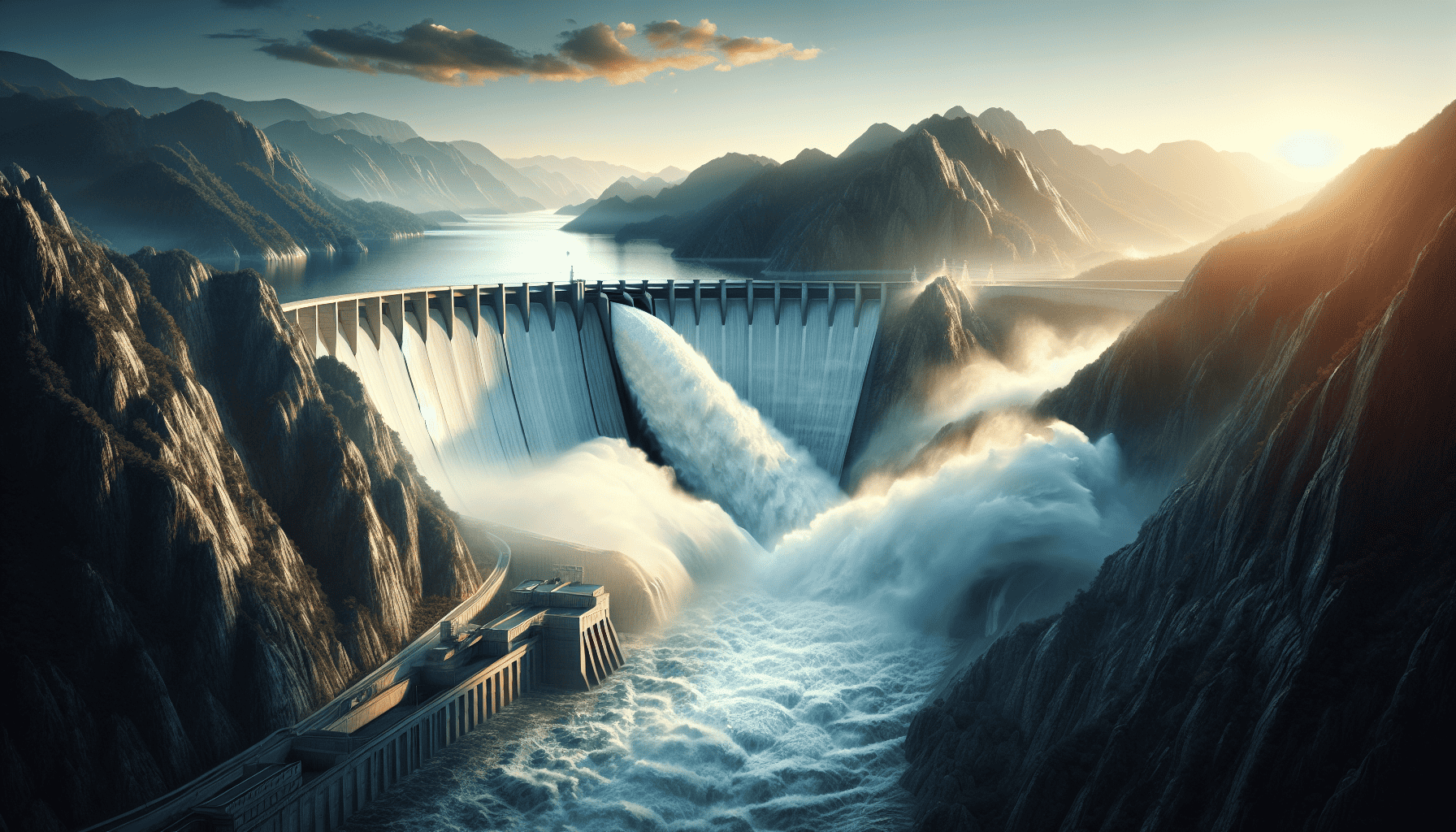Hydroelectric power has long been a cornerstone of renewable energy, offering a reliable and sustainable source of electricity. As concerns over climate change and energy security grow, the importance of advancing hydroelectric technologies becomes ever more significant. Recent advancements in this field are not only making hydroelectric power more efficient but also expanding its potential applications and minimizing its environmental impact.
One of the key innovations in hydroelectric power is the development of small-scale hydropower systems. Unlike traditional large dams, these systems can be installed in smaller rivers and streams, making them suitable for regions where large-scale projects are not feasible. This not only increases the accessibility of hydroelectric power but also reduces the environmental footprint associated with large dam constructions. By using modular designs and innovative materials, small-scale hydropower systems can be both cost-effective and ecologically harmonious.
Another significant advancement is the introduction of pumped-storage hydropower technologies. These systems work by storing energy in the form of water, pumped from a lower elevation reservoir to a higher elevation. During periods of high electricity demand, this water is released back down, driving turbines and generating electricity. This technology acts as a natural battery, enabling the storage and management of energy that complements other renewable sources such as solar and wind. Recent improvements in turbine design and control systems have increased the efficiency and responsiveness of these storage methods, making them a vital component in a balanced energy grid.
Environmental considerations have also driven innovation in fish-friendly turbines and improved sediment management techniques. Traditional hydroelectric operations often disrupt local ecosystems, particularly affecting fish populations that rely on river systems for migration. The latest turbine designs aim to minimize these disruptions, allowing aquatic life to pass safely through energy generating facilities. Additionally, improved sediment management ensures that the natural flow and nutrient distribution of rivers are maintained, thus preserving the ecological balance.
Digitalization plays a crucial role in these advancements as well. Smart sensors and AI-driven management systems are being employed to optimize the performance and maintenance of hydroelectric facilities. Real-time data collection and analysis enable operators to detect potential issues early, reducing downtime and ensuring reliable power generation. This technological integration also assists in the effective integration of hydroelectric power with other renewable energy sources, creating a resilient energy ecosystem capable of adjusting to fluctuating demands and supply.
Globally, these advancements are encouraging countries to reconsider their energy strategies, taking advantage of hydroelectric power as a sustainable and efficient solution. Projects focusing on remote and rural electrification are particularly poised to benefit from these developments, offering communities access to clean energy while fostering economic growth.
In conclusion, the latest advancements in hydroelectric power reflect a comprehensive approach to making this venerable source of renewable energy more efficient, sustainable, and environmentally friendly. Through small-scale projects, improved storage solutions, environmentally considerate technologies, and digital optimization, hydroelectric power continues to advance, reinforcing its role in the global movement towards a more sustainable energy future.
